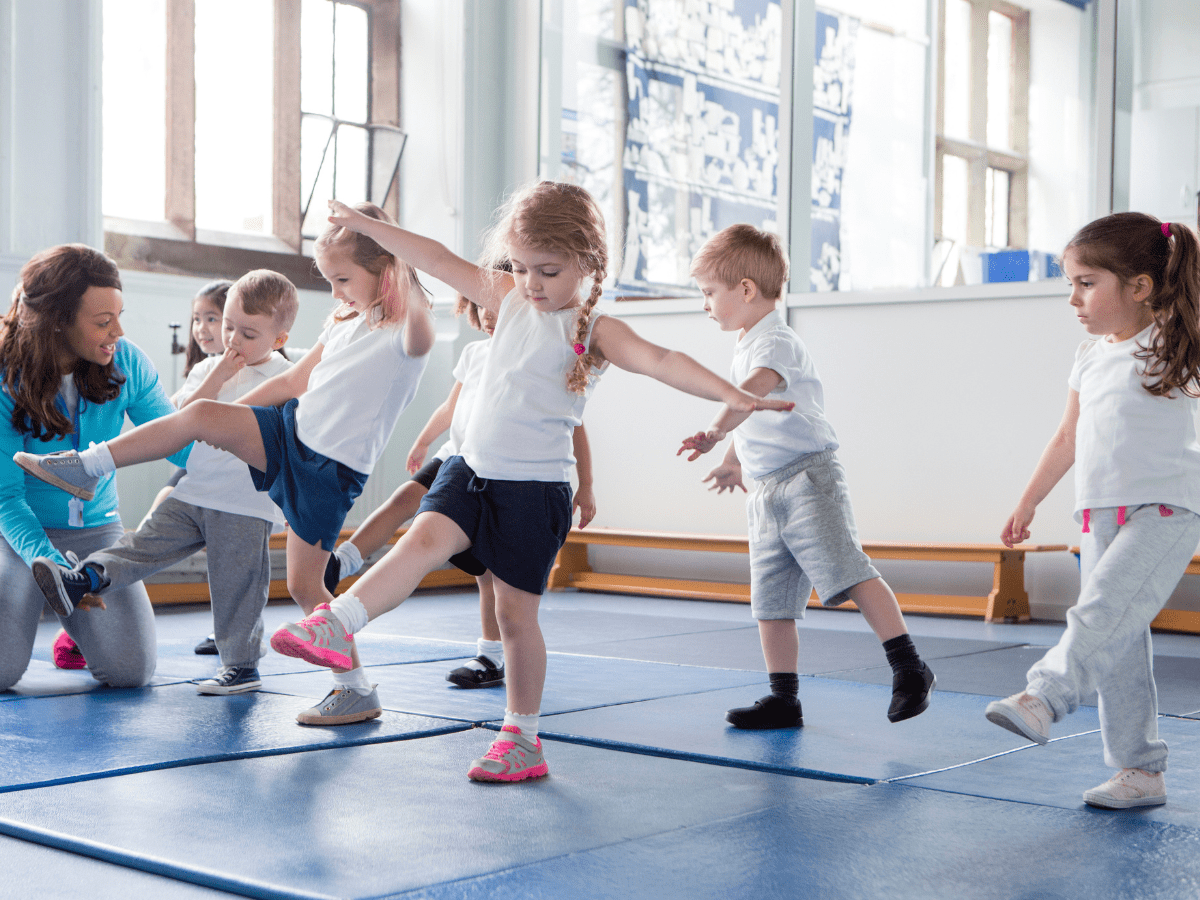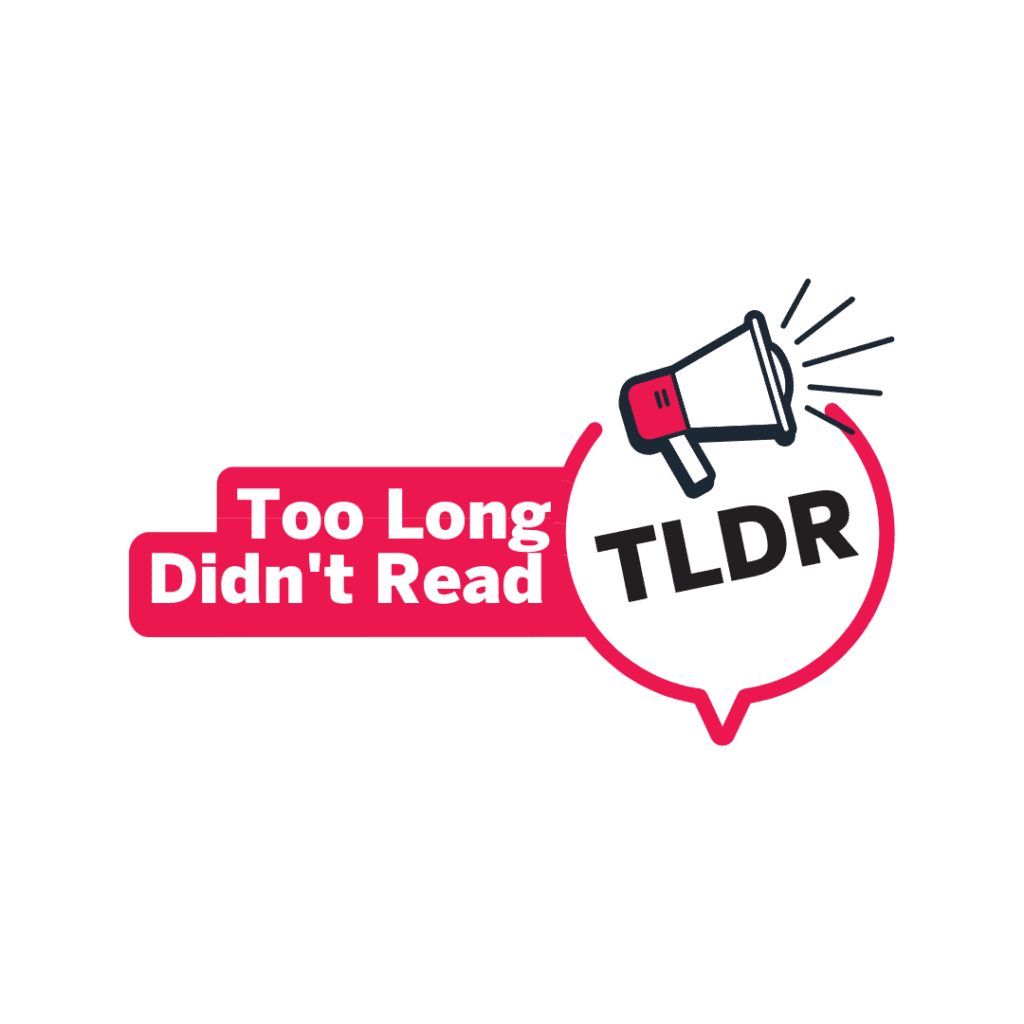

Background / Context / Objective
The benefits of sport participation among youth are well recognized, yet little work has focused on understanding sport participation among very young children, despite growing participation at increasingly early ages. The first objective of this project was to explore sport participation and development among preschoolers. Findings suggest that while parents often believe preschoolers experience extensive benefits, there are many shortcomings within programs hindering optimal developmental outcomes. In our study, sport programs typically offered limited physically active time, high amounts of instruction and feedback, and few examples of positive relationship building. Modifications surrounding program structure (e.g., smaller groups, shorter sessions) and coaching (e.g., training requirements focused on group management, communication skills, and child development) may lead to more optimal outcomes for preschoolers through sport; however, there appears to be a need for additional research in and development of strategies to improve preschooler engagement and ability in sport. Further research may be particularly worthwhile, focusing on developmental outcomes associated with organized sport participation, in comparison to other forms of physical activity such as unstructure play, dance, etc.
The second objective of this project was to examine preschoolers’ sport participation patterns pre- and post Olympic Games. There is a commonplace assumption that exposure to major games such as the Olympics positively influences sport and physical activity behaviours at the grassroots level (i.e., the ‘trickle down effect’), but there is little to no empirical evidence to support this effect broadly (e.g., Craig & Bauman, 2014; Donnelly et al., 2010), and no research conducted among very young children specifically. Parent proxy data for 30 preschoolers suggested no significant difference in frequency of sport/physical activity participation before and after the Games. Given high rates of study withdrawal (69% from pre- to post-Games) and homogeneity of the sample, additional investigation of the potential ‘trickle down effect’ is necessary among this particular age group. Major Games are also commonly seen as showcasing sport as ‘good’ (e.g., friendship, respect, fair play), yet we have little understanding of if and how these values may be transferred to very young children. The third objective of this project was to explore the influence of the Olympic Games on preschoolers’ psychological and social development. Parents and childcare providers saw the Games as a vehicle to teach preschoolers about pro-social values (e.g., work ethic, perseverance, teamwork, role models), and the complexities of winning and losing (i.e., doing one’s best, being a good sportsperson, experiencing disappointment and pride). Adults also suggested preschoolers gained an enhanced sense of national identity through the Games, as evidenced by their recognition of and excitement surrounding the Canadian flag and national anthem, coupled with adult-facilitated discussion about other countries’ geographies, flags, and cultures; a lack of discussion of plural national identities within Canada’s multi-cultural context may have
been a product of the largely homogeneous sample. In sum, the Games, coupled with active adult engagement, appeared to offer a platform for the facilitation of some specific developmental and educational outcomes among preschoolers. As children are suggested to be among the most significant beneficiaries of the Olympics/Olympic legacy, enhanced focus on educational resources (e.g., curricula, materials, activities) to explicate the connection between the Games and pro-social norms/values may be beneficial.
Research Methods
Data was collected in the spring/summer of 2012 just prior to the summer Olympic Games in London, England, and again in the spring/summer of 2013, one year following the Games. Participants were recruited through 16 childcare centres located in three diverse urban centres in Ontario, Canada (populations approximately 2.5 million, 700,000, and 20,000).
The first and third research objectives (i.e. related to preschoolers’ development) were addressed through interviews with parents of preschoolers (N=19) and childcare providers (N=8), as well as focus groups with preschoolers (N=57, ages 2-5). In children’s focusgroups, drawing was used as a tool to facilitate conversation related to play, sport, and the Olympics.
The second research objective (i.e., related to preschoolers’ pre- and post-Olympic Games sport participation) was addressed through a parent-proxy survey using a 7-day sport and physical activity recall tool (adapted from Kowalski et al., 2004), as well as an Olympic Games Exposure Log, in which parents recorded children’s media and discussion-based exposure to the Olympic Games. 30 parent participants completed the survey in both 2012 and 2013; high dropout rates (n=66; 69%) were attributed to childcare turnover rates and lifestyle challenges (i.e., lack of time).
Research Results
Study 1 addressed the first objective to explore sport participation and development among preschoolers. Findings reflect that parents and childcare providers perceived benefits paralleling those of youth sport. Adult participants spoke most prominently about preschooler sport as a platform for psychosocial and life skill development (i.e., interpersonal skills, confidence, competence, being a team player, learning to win and lose), in addition to being a pathway to physical health and motor skill development; however, there was often little consensus on whether developmental outcomes were actually attained, and what the mechanisms and processes were within preschooler sport, which facilitated such development. For example, while programming was seen as an opportunity for fostering life skills and maximizing teachable moments, parents suggested coaches were often ill prepared to teach and manage their group, and rarely focused on children’s personal development. Further, teamwork and sense of team were highly valued by parents, yet most
preschoolers were unable to cognitively process complexities of cooperative play. Additionally, it was suggested sport served as a venue for physical health, fitness, and motor skill development, but preschoolers appeared to have minimal opportunities to be active within their sport programs, and the overly-structured approach to teaching motor skills coupled with excessive feedback often led to frustration and a stifling of children’s creativity. Consistent with past submissions among older youth, sport appears to have the potential to facilitate positive developmental outcomes for preschoolers; however, considerable program modifications are required to consistently assure such benefits, coupled with further research to assess the effectiveness of such programs moving forward.
Study 2 addressed the second research objective to examine preschoolers’ sport participation patterns pre- and post-Olympic Games. Parent proxy data for a small final sample of preschoolers (N=30) suggested no significant difference in frequency of sport/physical activity participation before and after the Games. Paired sample t-tests indicated preschoolers participated in a mean 10.3 (SD=7.5) activity bouts/week in 2012, and 12.1 (SD=6.5) activity bouts/week in 2013 (t(29)=.47, p=.64). Although pre- and post-Games means suggest a (non-signficant) trend of increasing participation, it should be noted that the 30 participants who remained in the study, typically recorded very high levels of Olympic exposure (i.e., viewings, conversations). Given limitations of high rates of study withdrawal (69% from pre- to post-Games) and homogeneity of the sample, further investigation of the potential ‘trickle down effect’ among this particular age group is necessary.
Building upon findings from Study 2, Study 3 explored the influence of the Olympic Games on preschoolers’ psychological and social development. While the children showed relatively minimal awareness of the Games both immediately prior to and one year following the 2012 Games, most childcare providers and parents felt the Games positively influenced the children. At home, Olympic-related activities involved watching the Games on television or the Internet followed by conversations about the Games. In childcare settings, activities also included conversations about the Games (e.g., circle time, teachable moments), as well as creative activities (e.g., creating flags, colouring the rings, counting medals), boards/walls (e.g., media clippings, pictures), and physical activity/games (e.g., races, modified Games’ events). Both parents and childcare providers appeared to place greater focus on the Games as a tool to teach children positive life skills (i.e., the value of hard work, the value of practice, work ethic, athletes as role models, the value of being part of a team, teamwork, perseverance), than on increasing their child’s sport participation. There also seemed to be a large focus on teaching preschoolers about nationality, culture, and identity, with a focus on Canada, the Canadian flag, as well other countries of the world; national identity was often suggested as the most clearly remembered Olympic-related concept among preschoolers; however, a lack of discussion of plural national identities within Canada’s multi-cultural context may have been a product of the largely homogeneous sample. Adults also drew upon the hierarchical structures of medals (i.e., gold, silver, bronze = first, second, third) to teach important lessons around winning and losing, often “softening” the outcome to emphasize the positive in not winning gold (e.g., “at least you tried,” “everyone is a winner” or “just because that athlete didn’t win the gold, it doesn’t mean they didn’t try their hardest”). While competition outcomes were usually too complex for younger preschoolers, adults suggested older preschoolers came to understand defeat and the accompanying emotions of disappointment, in contrast to winning, and the subsequent emotions of pride and happiness, while recognizing good sportspersonship and role models. Overall, age seemed a critical determinant for whether preschoolers could capture the perceived positive messages associated with the Games, with 4 years of age typically representing the tipping point for relevance, excitement, or energy around the Games. Aligning with findings of Study 2, childcare providers suggested family engagement with the Olympics was a determining factor in whether and how children connected to the Games. As children are suggested to be among the most significant beneficiaries of the Olympics/Olympic legacy, more research is necessary to determine if this claim indeed holds true, why children may be among optimal beneficiaries, and how to in turn increase children’s opportunities for positive developmental experiences through major Games acutely, as well as through sustained and long-term community-based programs and initiatives.
Limitations
There were many challenges associated with conducting longitudinal research with young children (e.g., reliance upon parent-proxy surveys, high turnover rates at childcare centres, facilitation of meaningful discussion with young children). Study 2 had a particularly high participant dropout rate (N=96 participants in 2012; N=30 participants in 2013; 69%). Additionally, adult participants were notably homogenous in terms of social location (i.e., predominately white, financially stable, some post-secondary education).
Policy Implications and Future Directions
Findings of Study 1 suggest preschooler sport programs are not consistently delivering quality programming or facilitating optimal development. Greater consideration of coaches’ preparedness appears warranted; coach training should be preschool age-specific, focusing on group management, practice planning and design, effective communication, and children’s stage of cognitive and social functioning; program structure modifications (i.e., shorter session duration, increased physical activity, modified rules) may also be beneficial.
Results of Study 2 do not uphold the notion of Olympic-inspired increased sport/physical activity participation among young children (i.e., the ‘trickle down effect’). As such, policy-makers, program developers as well as physical activity/sport organizations at all levels (i.e., federal, provincial-territorial, municipal) should focus research and action on improving mechanisms by which to promote and enhance opportunities for participation (including behaviour change) through the Games, as well as outside the Games.
In Study 3, we found the Games did appear to have the potential to facilitate beneficial outcomes among preschoolers in areas of psychosocial development (e.g., perseverance, teamwork, sportspersonship, national identity); these attributes are not traditionally encompassed when considering the ‘trickle down effect’. Critical attention from policy-makers, program developers as well as physical activity/sport organizations to this educational element of high performance sport may be valuable. One potential output could be the development of age-appropriate educational curricula, materials and activities that explicate the connection between the Games and pro-social norms/values for utilization among childcare providers, community programs, and parents.
Key Stakeholders and Benefits
- National Sport Organizations
- Provincial Sport Organizations
- Municipal Recreation Programmers
- Community-Based Sport Programs (e.g. Timbits)
- Canadian Sport for Life (LTAD)
- Coaching Association of Canada
- Canadian Olympic Committee
- Early Childhood Education (Provincial and National)
- Early Years Centres (e.g. OEYC)